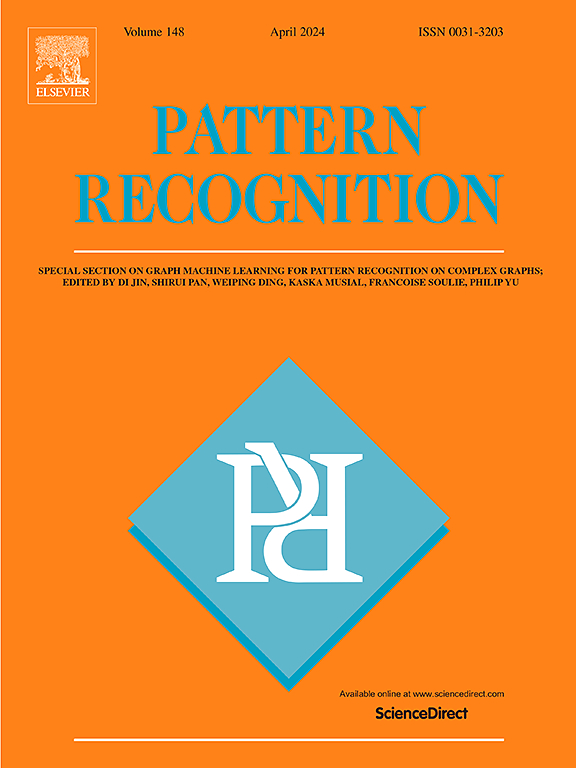RhythmFormer: Extracting patterned rPPG signals based on periodic sparse attention
IF 7.5
1区 计算机科学
Q1 COMPUTER SCIENCE, ARTIFICIAL INTELLIGENCE
引用次数: 0
Abstract
Remote photoplethysmography (rPPG) is a non-contact method for detecting physiological signals based on facial videos, holding high potential in various applications. Due to the periodicity nature of rPPG signals, the long-range dependency capturing capacity of the transformer was assumed to be advantageous for such signals. However, existing methods have not conclusively demonstrated the superior performance of transformers over traditional convolutional neural networks. This may be attributed to the quadratic scaling exhibited by transformer with sequence length, resulting in coarse-grained feature extraction, which in turn affects robustness and generalization. To address that, this paper proposes a periodic sparse attention mechanism based on temporal attention sparsity induced by periodicity. A pre-attention stage is introduced before the conventional attention mechanism. This stage learns periodic patterns to filter out a large number of irrelevant attention computations, thus enabling fine-grained feature extraction. Moreover, to address the issue of fine-grained features being more susceptible to noise interference, a fusion stem is proposed to effectively guide self-attention towards rPPG features. It can be easily integrated into existing methods to enhance their performance. Extensive experiments show that the proposed method achieves state-of-the-art performance in both intra-dataset and cross-dataset evaluations. The codes are available at https://github.com/zizheng-guo/RhythmFormer.

求助全文
约1分钟内获得全文
求助全文
来源期刊

Pattern Recognition
工程技术-工程:电子与电气
CiteScore
14.40
自引率
16.20%
发文量
683
审稿时长
5.6 months
期刊介绍:
The field of Pattern Recognition is both mature and rapidly evolving, playing a crucial role in various related fields such as computer vision, image processing, text analysis, and neural networks. It closely intersects with machine learning and is being applied in emerging areas like biometrics, bioinformatics, multimedia data analysis, and data science. The journal Pattern Recognition, established half a century ago during the early days of computer science, has since grown significantly in scope and influence.
 求助内容:
求助内容: 应助结果提醒方式:
应助结果提醒方式:


